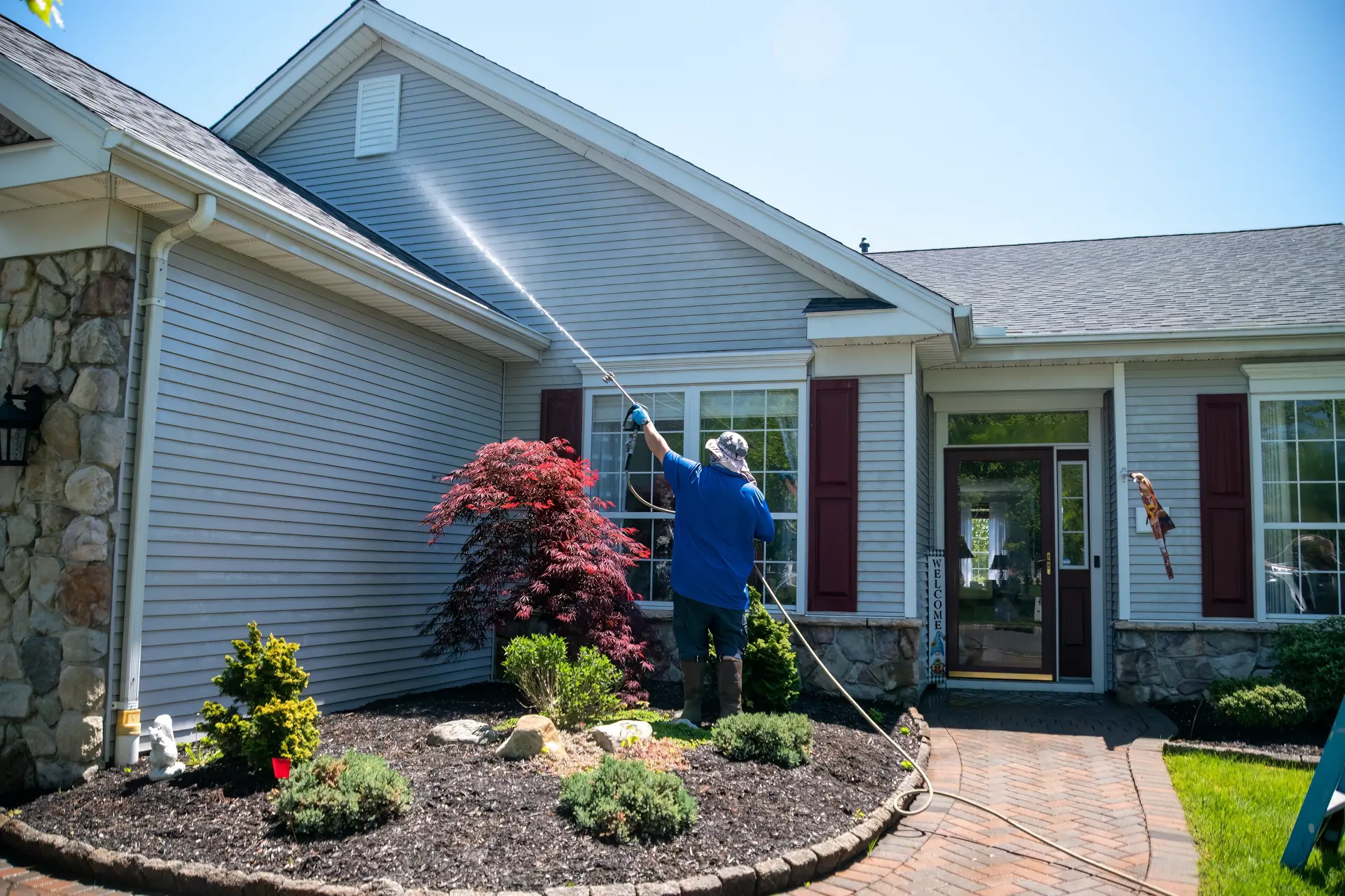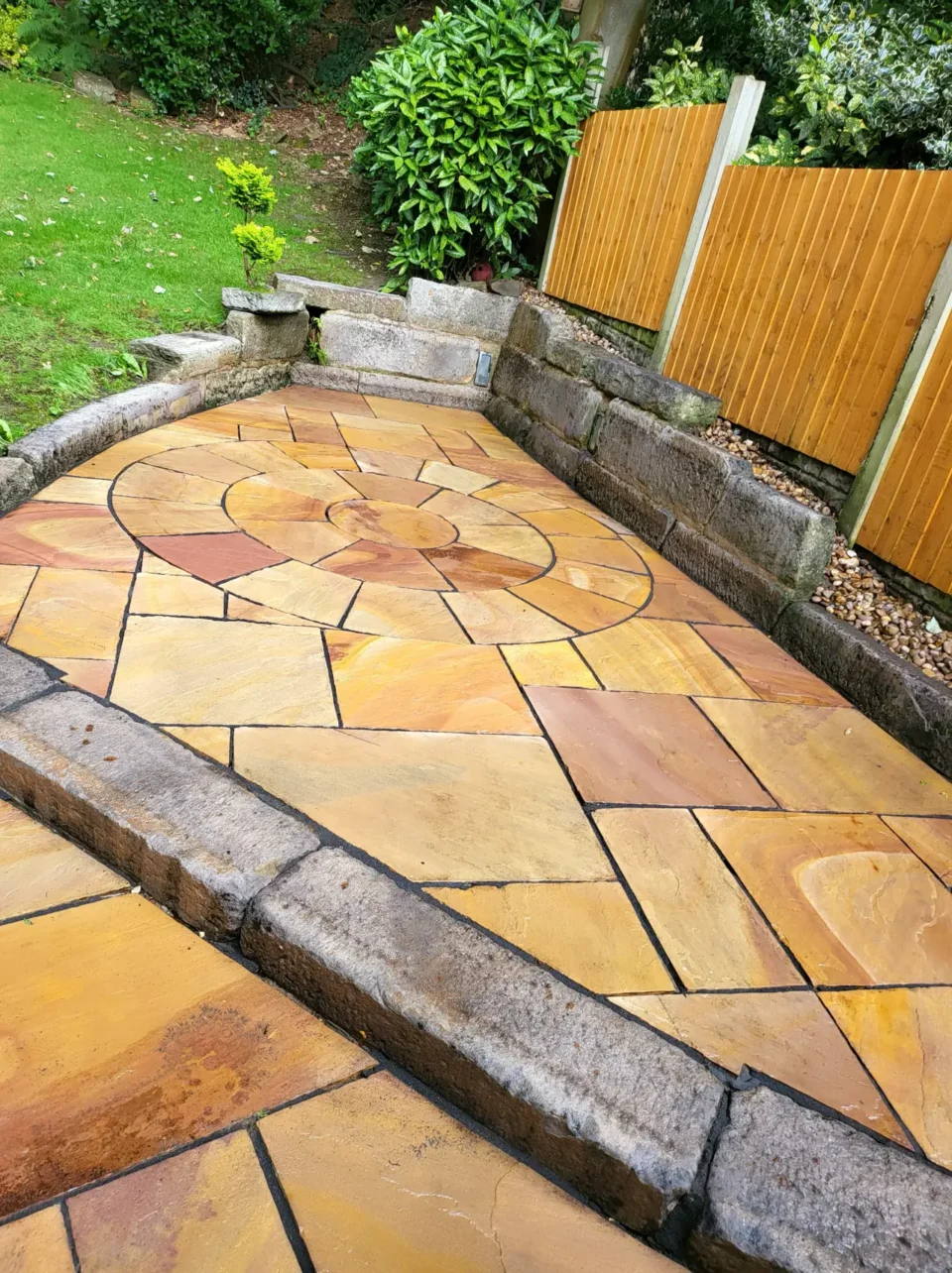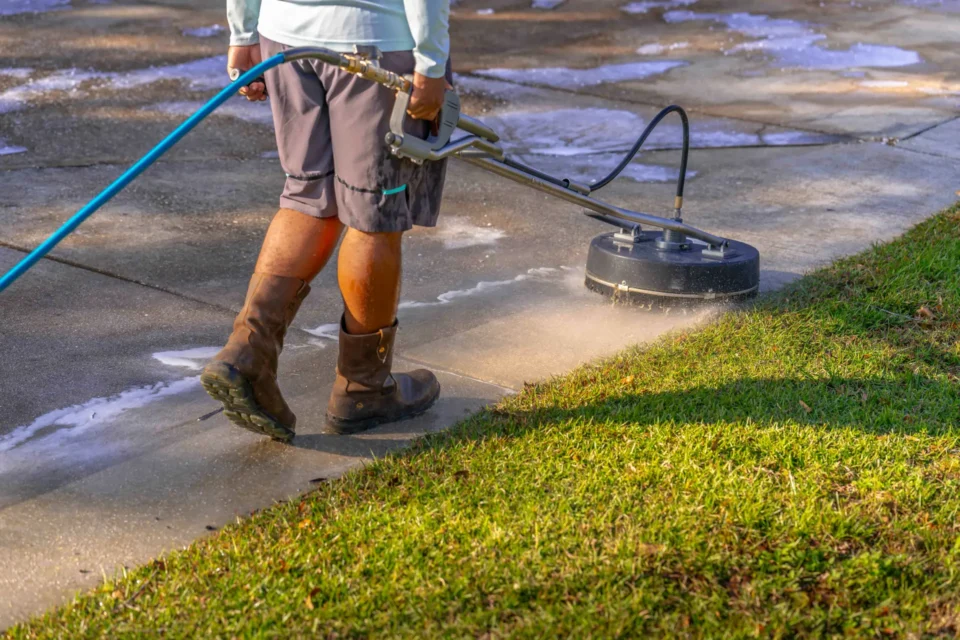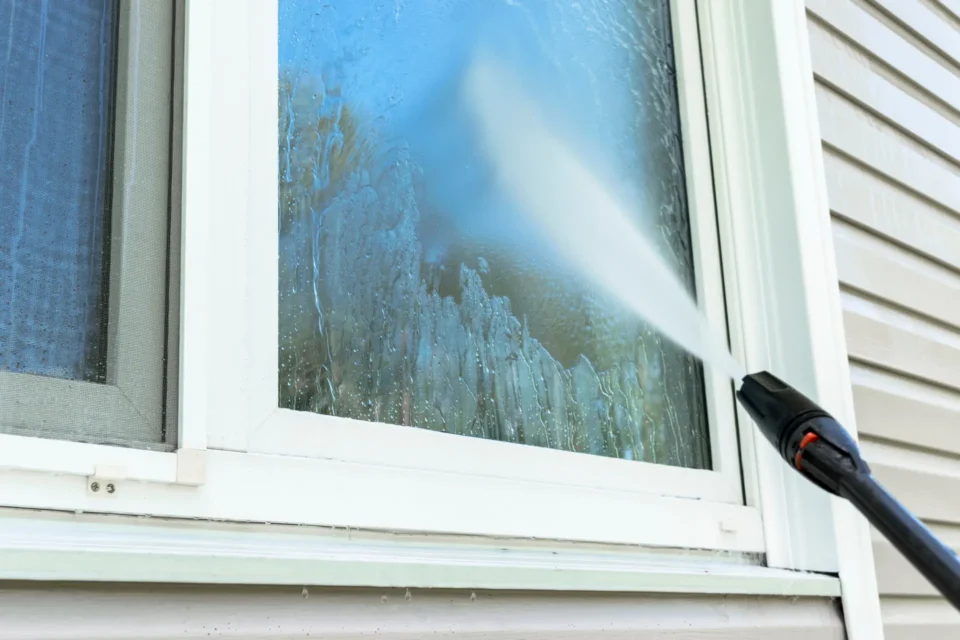Ah, spring. The season of longer days, blooming flowers, chirping birds—and those lovely yellow clouds of pollen that seem to blanket everything from your windshield to your freshly cleaned patio furniture. But while most of us complain about itchy eyes and runny noses, there’s another victim quietly suffering the effects of spring pollen: your roof.
Yep, those greenish-black streaks and patches you’ve noticed popping up each spring aren’t just the result of rain or neglect. Pollen plays a surprisingly big role in feeding and spreading algae blooms across residential rooftops. And left unchecked, they’re not only unsightly—they can shorten your roof’s lifespan, damage shingles, and even affect your home’s energy efficiency.
Let’s break down exactly how something as tiny as pollen can turn your roof into a mossy mess—and why spring is the prime time for it all to kick off.
What Role Does Spring Pollen Play in Algae Growth on Rooftops?
Pollen might look innocent fluttering through the air, but it’s actually one of the biggest enablers of algae growth on residential roofs. Why? Because algae, like any living organism, needs nutrients to thrive—and pollen is packed with them.
Here’s how it works:
- Pollen acts as fertilizer. Most spring pollens, especially from trees like oak and pine, are rich in organic matter. Once they land on your damp shingles, they serve as food for algae spores already present in the environment.
- Roof surfaces are natural collectors. Roofs, especially those with textured asphalt shingles, trap pollen in grooves and overlaps. This creates the perfect “buffet” for algae to feast on.
- Warmth and moisture complete the recipe. Spring temperatures and regular rain showers create the moist, warm environment algae needs to thrive once pollen provides the nutrition.
In short, pollen doesn’t just settle and disappear—it becomes part of a biological process that fuels those unsightly blooms you start seeing in April and May.
Why are Residential Roofs More Affected By Algae During Spring?
Algae is a year-round presence, but it explodes in the spring. Residential roofs, in particular, are easy targets for several reasons:
- Residential areas have more trees – Compared to commercial buildings, most homes are surrounded by trees, shrubs, and gardens. These are the pollen powerhouses that coat nearby surfaces—including your roof.
- Roof pitch and material matter – Homes typically have sloped roofs that catch and trap organic debris. Asphalt shingles are especially vulnerable due to their gritty, porous texture.
- Roofs retain moisture – Morning dew, shade from nearby trees, and spring rainfall keep roofs damp for longer periods. Algae spores love this and will anchor themselves where conditions stay moist.
- Residential roofs get less routine maintenance – Unlike commercial buildings that may have scheduled cleanings, residential homeowners often don’t inspect or clean their roofs regularly, giving algae plenty of time to spread.
And once the first bloom kicks off, it doesn’t take much for neighboring spores to travel, settle, and start new colonies—turning your once-clean rooftop into a streaky green patchwork.
How Does Pollen Accumulation Contribute to Roof Discoloration?
You might not notice the problem right away. At first, your shingles just seem a little dull. Then, streaks start forming. Before long, one side of the roof looks visibly darker or has a greenish hue that wasn’t there last season.
Here’s how pollen plays a direct role in roof discoloration:
- Pollen absorbs and traps moisture – Once it settles, pollen creates a damp layer that keeps the shingle surface from drying out. This supports algae growth and dark staining.
- Pollen creates organic stains – Some types of pollen, especially from trees like pine and birch, leave behind yellow or brown stains that oxidize in the sun.
- Algae leaves pigmented residues – Gloeocapsa magma, the most common algae on roofs, has a dark outer coating that appears as black streaks. These streaks are often mistaken for dirt or mold, but they’re actually colonies of algae that have grown and died off in layers.
Once staining starts, it’s rarely uniform. South-facing slopes may show more discoloration because they receive more sunlight and heat, while shaded areas may develop heavier algae blooms due to moisture retention. Either way, your curb appeal takes a hit—and your roof might be absorbing more heat than it should.
Can Seasonal Pollen Increase the Spread of Roof Algae in Neighborhoods?
Yes—absolutely. Roof algae doesn’t stay in one place. It spreads, and springtime pollen makes that spread faster and more widespread than you might think.
Here’s how that domino effect plays out:
- Pollen carries spores – As the wind kicks up and pollen swirls through the neighborhood, it often carries tiny algae spores with it, depositing them on nearby roofs.
- Birds and animals act as transporters – Squirrels, birds, and other small critters walk across roofs, carrying spores and pollen on their feet and fur from one home to the next.
- Rain and runoff help the spread – When it rains, pollen, spores, and algae cells can wash from one rooftop to gutters, downspouts, and even neighboring homes during overflow or pooling.
In tight-knit neighborhoods or wooded subdivisions, it’s common to see entire rows of houses with similar algae patterns across their roofs—like a green chain reaction set off by one particularly pollen-rich spring.
And once algae takes root, it doesn’t just go away. It feeds on the materials within your shingles (specifically limestone filler in asphalt), which weakens their integrity and leaves them more vulnerable to future growth.
Preventing and Managing Springtime Roof Algae: What You Can Do
The good news? You’re not powerless against the pollen-algae duo. A bit of proactive care goes a long way in protecting your roof during the spring season.
Here’s what you can do:
- Schedule professional roof cleaning – Soft washing (not high-pressure washing) is the best way to safely remove algae, pollen, and stains without damaging shingles.
- Trim back tree branches – Keeping branches away from your roof reduces shade, allows the roof to dry out faster, and lowers the amount of pollen directly dropping onto your house.
- Install zinc or copper strips – These metals naturally inhibit algae growth. When rainwater runs over them, it distributes metal ions that kill algae on contact.
- Clean gutters regularly – Overflowing gutters allow water (and algae) to pool on roofing edges, encouraging more growth.
- Consider annual spring maintenance – Spring is the ideal time to inspect, clean, and treat your roof before the full heat of summer kicks in.
The Green On Your Roof Isn’t Always a Badge of Spring
Spring pollen might be great for the garden, but it’s not so kind to your rooftop. It’s a key player in triggering algae blooms, supporting discoloration, and even helping those dark streaks spread house-to-house like an unwanted trend.
So the next time you see that fine yellow dusting on your car windshield, remember—it’s also making its way to your roof, where it’s feeding a little green army that’s ready to take over. And while you can’t stop the seasons, you can stay ahead of the mess they bring.
Whether you’re spotting early signs of algae or already facing a roof that looks like it belongs in the rainforest, getting ahead of it this spring can save you money, extend the life of your roof, and boost your home’s curb appeal.
Don’t let pollen take over—treat your roof to a proper spring cleaning and show that algae who’s boss.
Give Your Roof a Fresh Start—Let Power Clean Knock Out the Spring Grit
Spring stains won’t wait, and neither should you. At Power Clean Pressure Washing, we know exactly how to handle the pollen-fed algae and streaks creeping across your roof this season. Our soft-wash roof treatments safely eliminate grime without damaging your shingles, restoring your home’s look and protecting it from long-term wear.
Don’t let nature take over your curb appeal—call Power Clean Pressure Washing today and reclaim your clean, streak-free roof before those springtime stains settle in for good.




